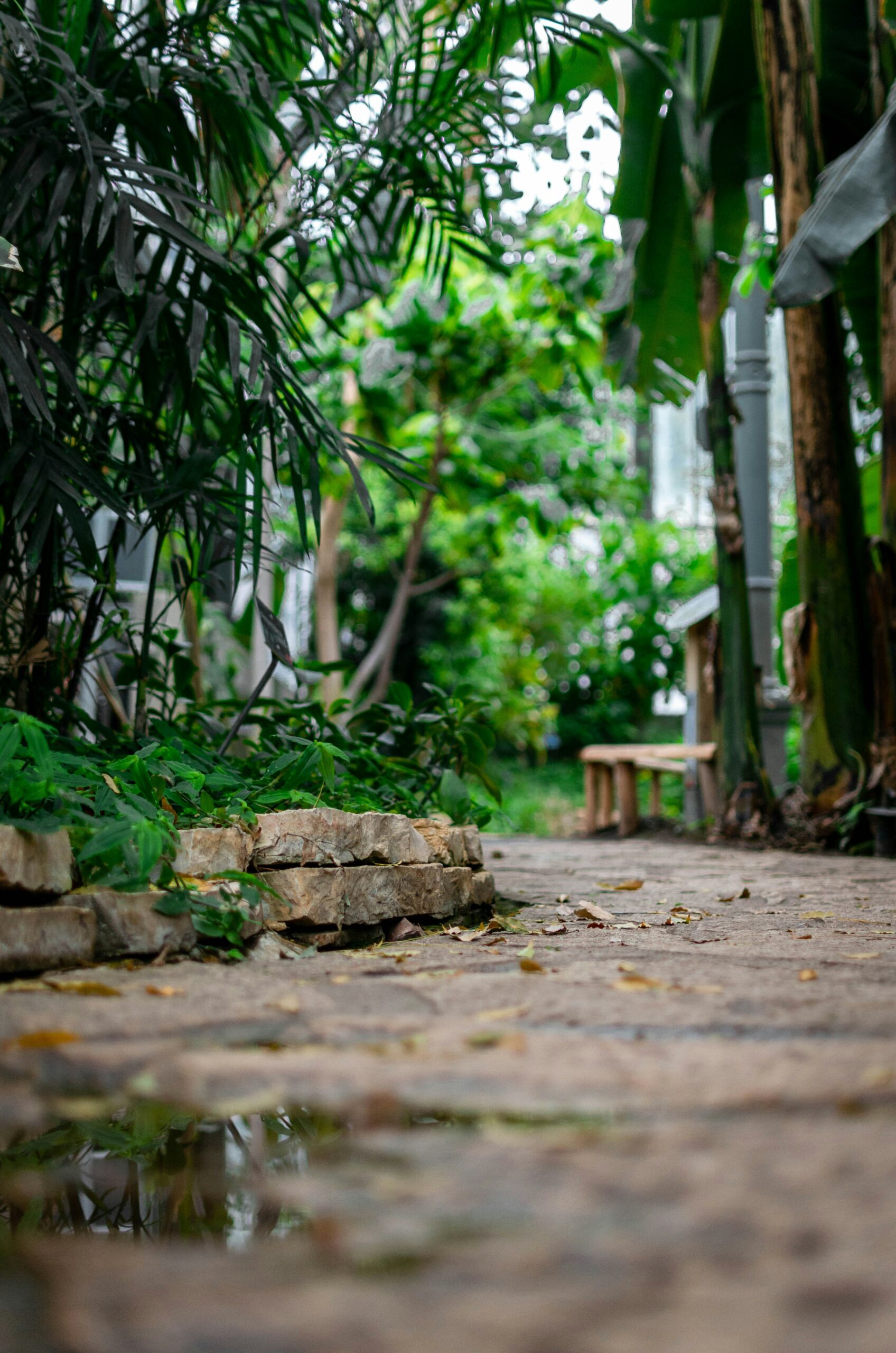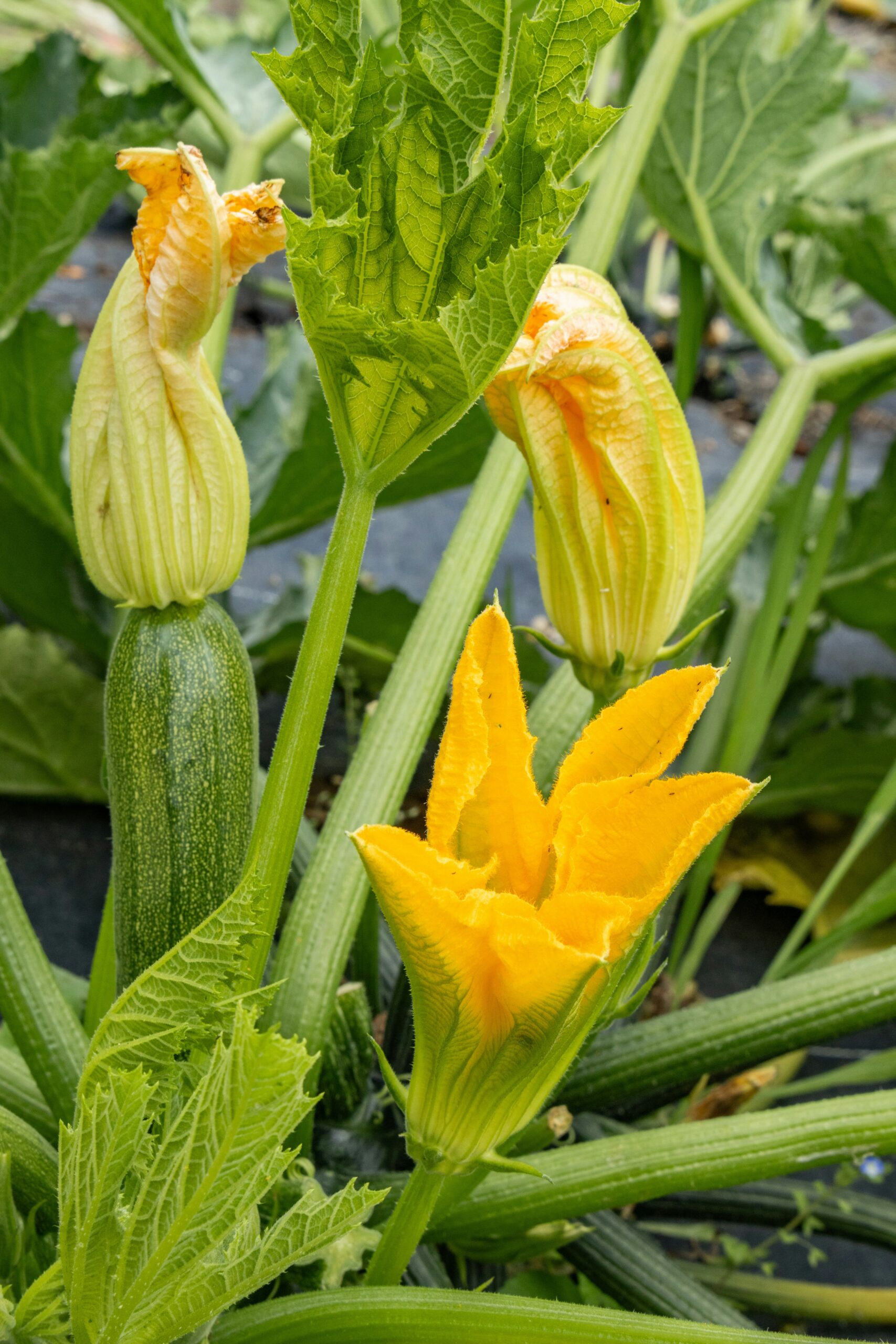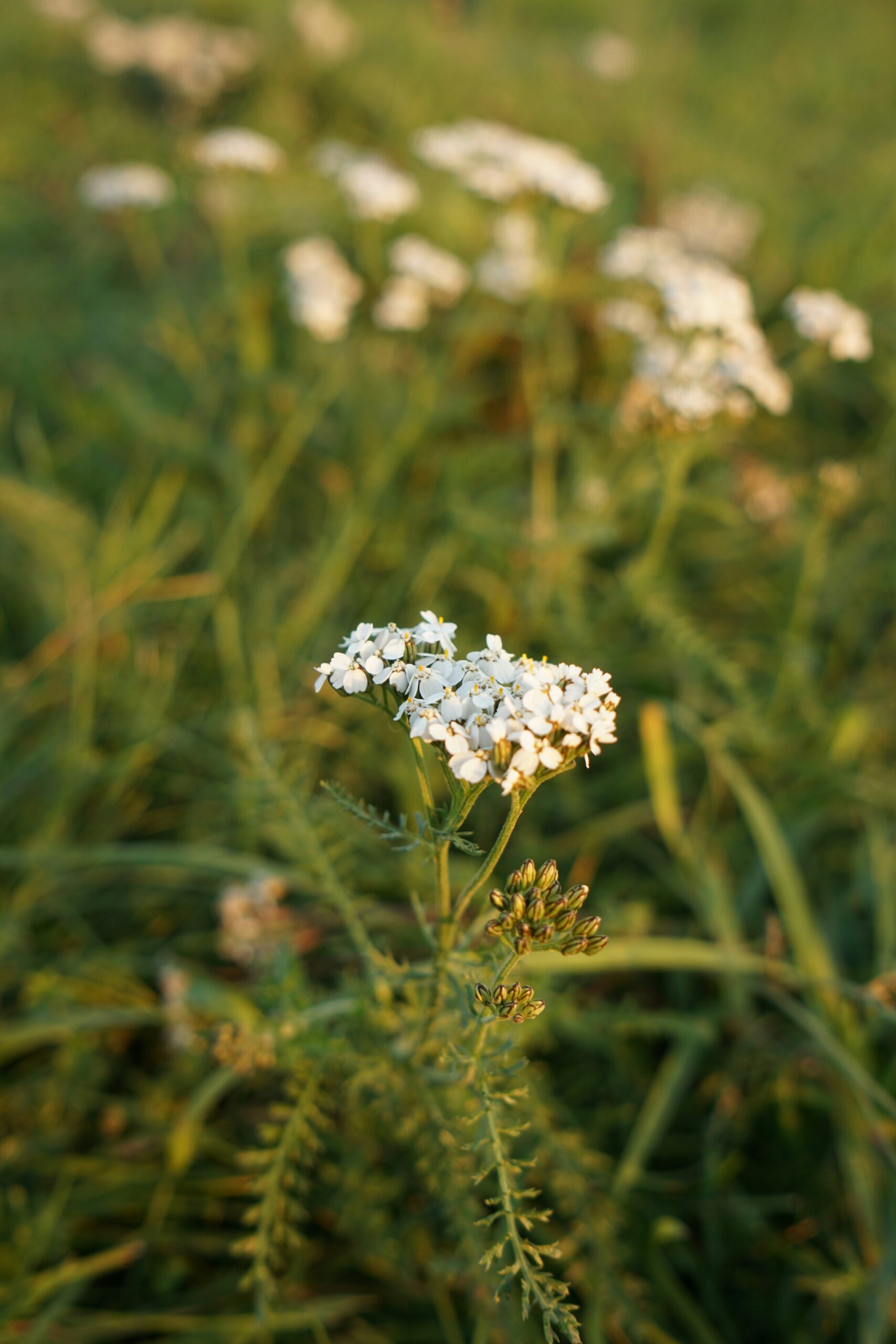Top Landscaping Trends in California for 2025: Sustainable Designs and Water-Wise Solutions
As California continues to navigate climate challenges and evolving design preferences, the landscaping industry is adapting with innovative approaches for 2025. Homeowners across the state are embracing more sustainable and functional outdoor spaces that respond to regional needs while creating beautiful environments.
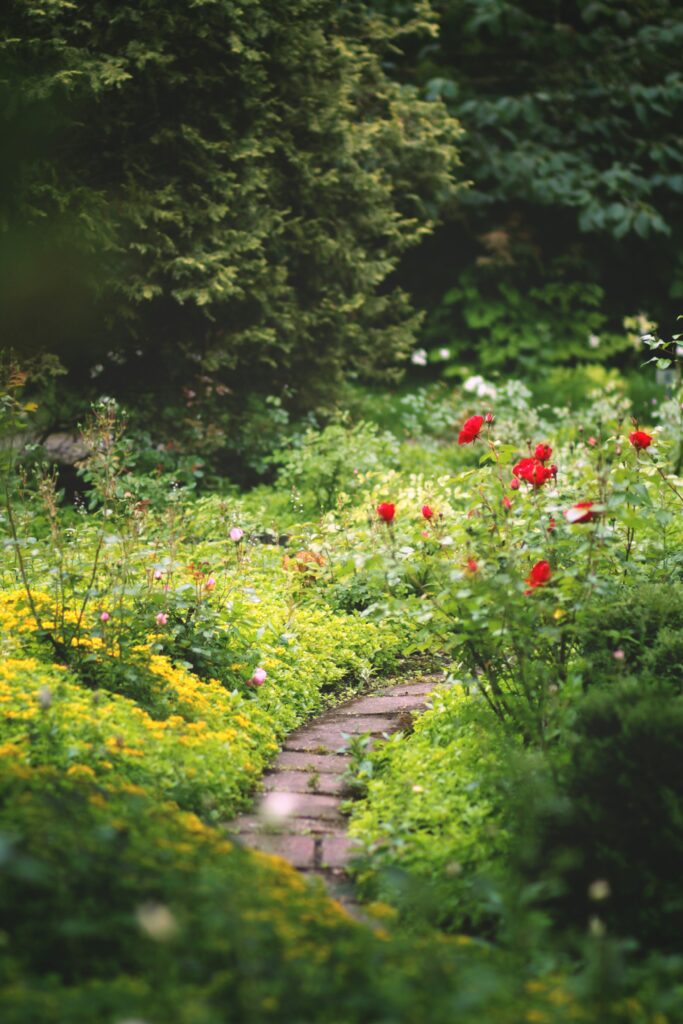
The top landscaping trends in California for 2025 include drought-resistant xeriscaping, native plant gardens, outdoor living space expansions, pollinator-friendly designs, and the integration of smart technology for efficient water management. These approaches reflect both environmental consciousness and practical solutions for California's diverse climate zones.
The shift toward these landscaping styles represents more than aesthetic choices—it demonstrates a growing commitment to conservation while maintaining visually striking yards. Californians are discovering that eco-friendly landscapes can be both beautiful and responsible, creating outdoor spaces that serve both personal enjoyment and environmental stewardship.
Top Landscaping Trends in California for 2025: Sustainable Designs and Water-Wise Solutions
The Rise of Native Plants and Shrubs
California gardeners are increasingly turning to local flora that thrives naturally in the region's unique climate conditions. Native plants and shrubs provide sustainable landscaping solutions while creating habitats that support local ecosystems.
Embracing California Native Perennials
California's diverse native perennials are becoming centerpieces in modern garden designs. Plants like California poppy, salvia, and manzanita are gaining popularity for their beauty and resilience. These species evolved to thrive in California's specific soil and climate conditions.
Native perennials require significantly less maintenance once established. Many California homeowners are replacing traditional lawns with native plant communities that create visual interest year-round while reducing water bills.
The California Native Plant Society highlights that these plants support local wildlife by providing essential food and shelter. Hummingbirds, butterflies, and bees depend on native flowering plants, creating gardens that buzz with life and movement.
The Benefits of Drought-Tolerant Flora
Drought-tolerant plants have become essential components of California landscape trends shaped by climate change. Species like sage, buckwheat, and California lilac thrive with minimal irrigation once established, making them ideal choices for water-conscious gardeners.
These plants develop deep root systems that help prevent soil erosion and improve ground permeability. Many drought-tolerant species also demonstrate impressive fire resistance, an increasingly valuable trait in wildfire-prone regions.
Homeowners appreciate how these hardy plants can reduce landscape maintenance requirements while still providing visual appeal. Drought-tolerant gardens often feature varied textures and forms that create dynamic landscapes throughout the seasons.
Water Conservation Benefits:
- Reduces household water consumption by 50-70%
- Eliminates need for irrigation systems in many cases
- Helps comply with local water restrictions
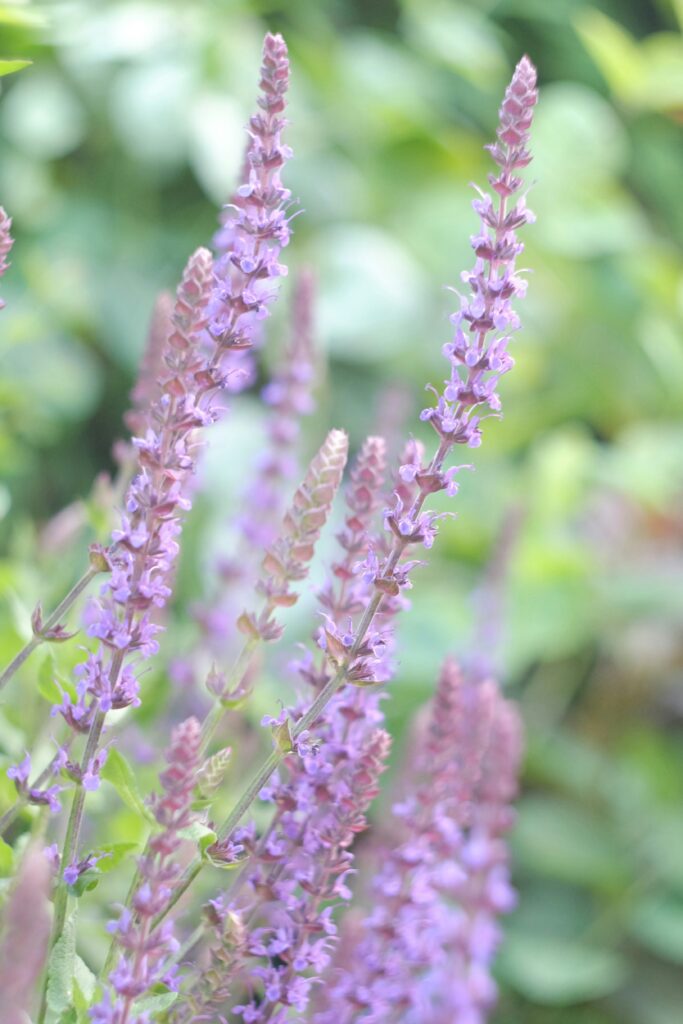
Eco-Friendly Landscaping Techniques
California homeowners are increasingly adopting sustainable practices that conserve resources while creating beautiful outdoor spaces. These approaches focus on reducing water consumption and eliminating harmful chemicals from lawn care routines.
Water-Wise Gardening Essentials
Drought-tolerant landscape solutions are becoming essential in California's climate. Native plants require 60-70% less water than non-native species and thrive in local conditions without excessive irrigation.
Smart irrigation systems have evolved significantly for 2025, with soil moisture sensors and weather-responsive controllers reducing water usage by up to 40%. These systems automatically adjust watering schedules based on real-time conditions.
Rainwater harvesting systems are gaining popularity, using collection barrels and underground cisterns to capture and store rainwater for dry periods. Permeable hardscaping materials allow water to penetrate into the ground rather than creating runoff.
Mulching with organic materials helps soil retain moisture while simultaneously suppressing weeds. A 2-3 inch layer can reduce water needs by up to 30% while improving soil health.
Organic Lawn Care and Weed Management
Chemical-free lawn maintenance is prioritized in sustainable landscaping practices. Homeowners are switching to organic fertilizers derived from compost, bone meal, and seaweed extracts that improve soil biology without harmful runoff.
Natural weed control methods have advanced, including:
- Corn gluten meal as a pre-emergent herbicide
- Vinegar-based solutions for spot treatments
- Boiling water for cracks and hardscape edges
- Hand-pulling and targeted flame weeding
Microclover and native grass blends are replacing traditional lawns, requiring less water and minimal mowing. These alternatives stay green with little maintenance and naturally resist many common lawn diseases.
Integrated pest management (IPM) approaches focus on prevention rather than treatment. Beneficial insects like ladybugs and praying mantises are introduced to control harmful pests, eliminating the need for chemical pesticides.
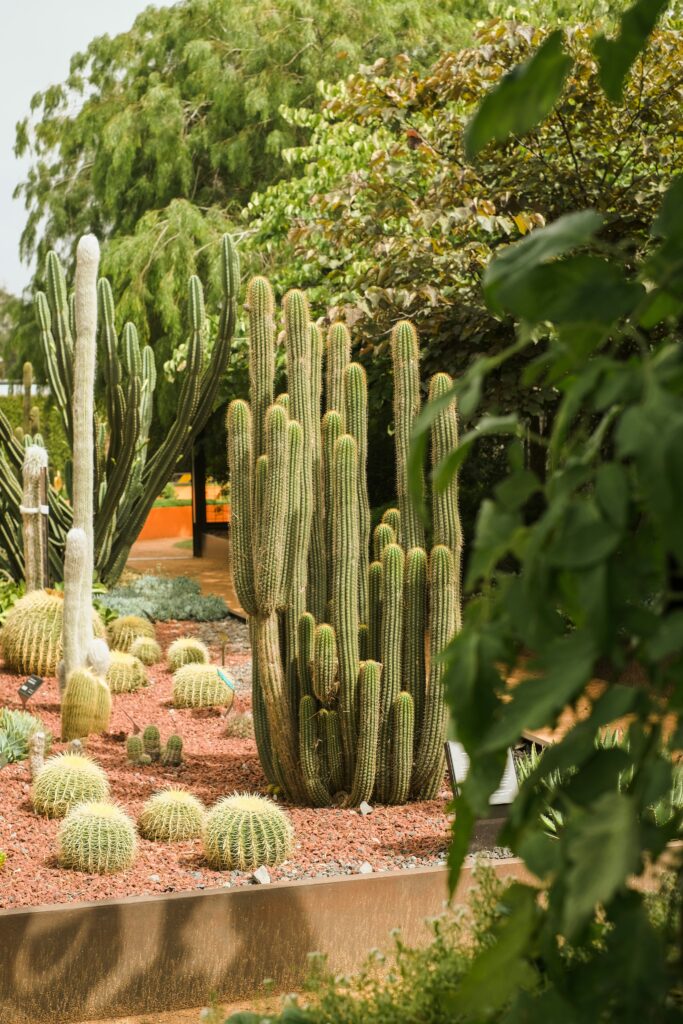
Innovative Use of Outdoor Spaces
California homeowners are reimagining their yards with creative designs that maximize functionality while enhancing aesthetic appeal. These innovative approaches transform ordinary outdoor areas into extraordinary living spaces that reflect personal style and environmental consciousness.
Focal Points That Tell a Story
Strategic focal points create visual interest and establish a narrative throughout your landscape. Water features have evolved beyond traditional fountains to include drought-tolerant options that conserve resources while providing ambiance.
Sculptural elements made from recycled materials or locally sourced stone add personality and conversation starters. These artistic installations can represent family history or cultural significance.
Fire features have become more sophisticated in 2025, with bioethanol options providing the warmth and gathering spot without smoke or extensive maintenance. Many Californians are incorporating these elements into seamless indoor-outdoor transitions.
Lighting design plays a crucial role in focal points, with solar-powered options and smart controls allowing homeowners to highlight specific elements and create different moods for various occasions.
Living Fences and Green Walls
Vertical gardening has revolutionized how Californians define property boundaries and outdoor spaces. Living fences using native shrubs and flowering plants provide privacy while supporting local pollinators and wildlife.
Green walls have evolved into sophisticated systems that:
- Filter air pollutants
- Reduce ambient temperature
- Create sound barriers
- Provide edible herbs and vegetables
The latest innovation combines drought-resistant native plants with efficient irrigation systems that recycle household greywater. These vertical gardens require minimal maintenance while providing maximum visual impact.
Modular green wall systems have become more affordable and accessible to average homeowners, not just luxury properties. They integrate seamlessly with modern hardscaping elements to create stunning visual contrasts.
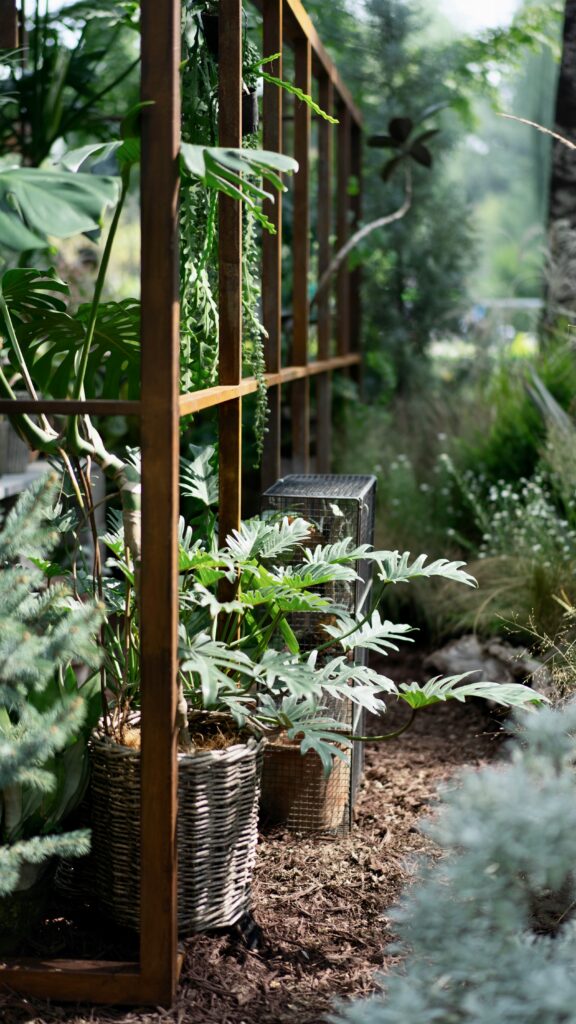
Hardscaping with a Purpose
Functional hardscaping elements are transforming California landscapes by addressing practical needs while enhancing aesthetic appeal. These structural components work harmoniously with plant selections to create sustainable, multi-purpose outdoor spaces that thrive in the state's diverse climate conditions.
Retaining Walls and Their Functional Aesthetics
Retaining walls have evolved beyond mere utility into design focal points across California properties. These structural elements effectively manage elevation changes while preventing soil erosion—particularly valuable in the state's hillside communities and areas prone to seasonal flooding.
Modern retaining walls increasingly incorporate recycled or locally sourced materials, adding an eco-friendly dimension to landscape designs. Materials like reclaimed wood, repurposed concrete, and native stone create striking visual textures while reducing environmental impact.
Height variations and curved designs are gaining popularity, creating dynamic visual interest rather than monotonous barriers. Many homeowners are installing integrated seating or planters within their retaining wall systems, maximizing functionality in limited spaces.
LED lighting incorporated into wall structures extends usability into evening hours while highlighting architectural features. This practical enhancement improves safety and creates dramatic nighttime ambiance.
Integrating Hardscaping with Softscaping
The most successful California landscapes for 2025 achieve balance between hardscaped elements and strategic plantings. This integration creates cohesive outdoor environments that serve multiple purposes throughout the year.
Permeable pavers paired with drought-tolerant ground covers allow for low-maintenance landscaping while supporting water conservation efforts. These porous surfaces reduce runoff and allow rainwater to replenish groundwater supplies rather than overwhelming drainage systems.
Xeriscaping principles guide the strategic placement of rock features alongside native plantings. Rock design trends for 2025 emphasize water conservation while creating visually striking arrangements that require minimal irrigation.
Transitional zones using decomposed granite or stepping stones create natural pathways between hardscaped and planted areas. These thoughtful connections invite exploration while defining distinct activity spaces within the landscape.
Smart irrigation systems integrated with hardscape elements ensure efficient water delivery only where needed. This technology preserves valuable resources while maintaining plant health adjacent to stone, concrete, and other hardscaped features.
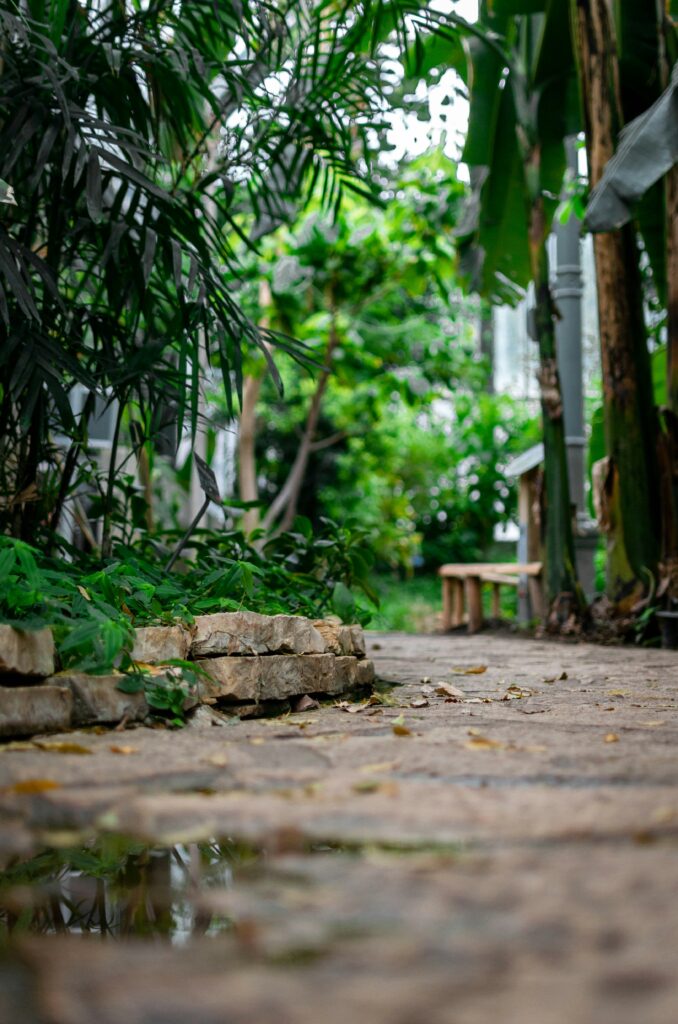
Adapting to Climate Change
California's landscaping practices are increasingly influenced by climate realities. The combination of prolonged droughts, rising temperatures, and increased fire risks necessitates thoughtful adaptation strategies that both preserve natural beauty and enhance resilience.
Plant Selection for a Shifting Environment
Native plants have become cornerstone elements in climate-adaptive California landscapes for 2025. These species evolved in local conditions and typically require less water and maintenance while providing essential habitat for local wildlife.
Many landscape professionals now recommend drought-tolerant plants such as manzanita, California lilac, and various sage varieties that thrive with minimal irrigation. These choices help reduce water consumption—a critical concern in California's water-stressed regions.
Fire-resistant gardening has emerged as a vital consideration, especially in wildland-urban interface areas. Plants with high moisture content, low resin, and minimal dead material are preferred near structures. Examples include aloes, ice plant, and certain oak varieties that resist ignition better than more flammable alternatives.
Regional trees like coast live oak and western redbud provide shade that reduces cooling costs while sequestering carbon, directly addressing climate change impacts.
Creating Microclimates for Diversity
Strategic design can create protected areas within landscapes that support plant diversity despite challenging climate conditions. Berms, swales, and rock arrangements modify sun exposure and water flow, creating favorable growing conditions.
Water management features like bioswales, rain gardens, and permeable pavers are now standard elements that capture and direct precious rainwater rather than allowing runoff.
Careful placement of trees and structures creates cooling shade zones where less drought-tolerant plants can thrive. This approach conserves water while maintaining visual interest through diverse plantings.
Vertical elements like trellises and living walls optimize limited space while creating additional microclimates. These features expand planting options while providing cooling effects and supporting biodiversity in urban settings.
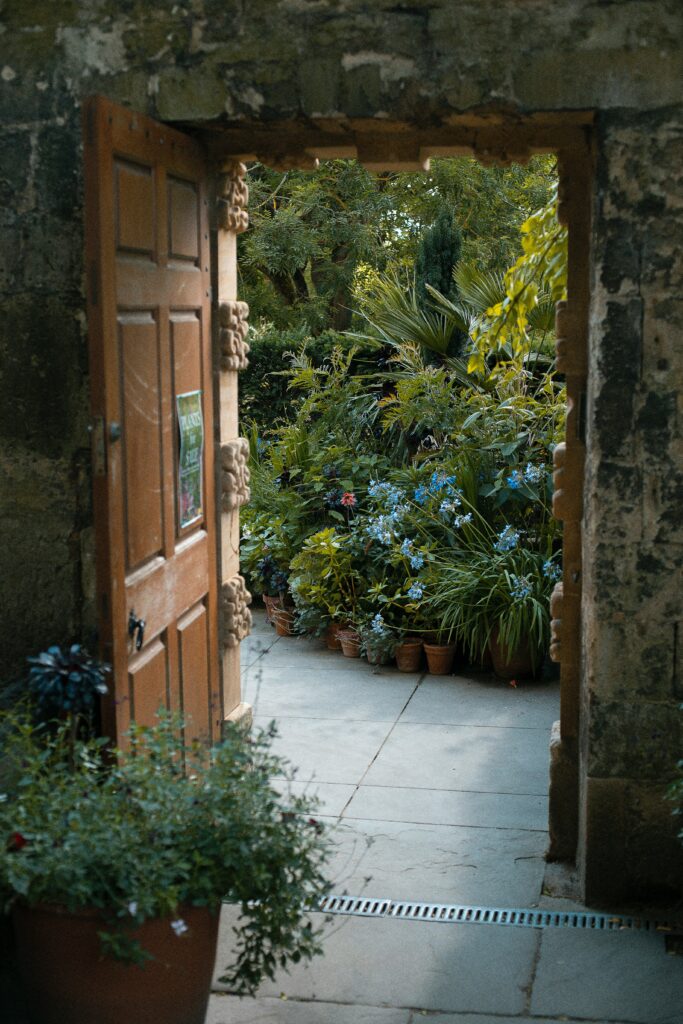
Color Trends and Plant Aesthetics
California's landscaping palette for 2025 embraces both bold color statements and natural textures that complement the state's diverse microclimates. These aesthetic choices reflect both environmental consciousness and artistic expression in contemporary garden designs.
Incorporating Vibrant Colors into Landscapes
Bold accents in plant selections are becoming a defining characteristic of California gardens in 2025. Designers are pairing softer earthy tones with vibrant pops of color that create visual interest throughout the seasons.
California poppies with their bright orange blooms are experiencing renewed popularity, offering both native resilience and striking color. These iconic flowers provide a perfect example of how functionality meets aesthetics in modern landscape design.
Pantone's Color of the Year for 2025 is influencing plant choices, with many homeowners requesting coordination between their hardscaping elements and flowering plants. This color consciousness extends to container gardens and accent pieces.
Lavender adds both purple hues and aromatic benefits to drought-resistant gardens, making it increasingly popular in Southern California landscapes where water conservation remains essential.
The Popularity of Ornamental Grasses
Ornamental grasses have secured their place as essential elements in California's 2025 landscape designs. Their flowing textures and year-round visual interest complement both modern and traditional garden styles.
Minimalist rock gardens featuring carefully selected ornamental grasses create striking visual contrasts while requiring minimal maintenance and irrigation. This approach aligns perfectly with California's water-conscious ethos.
Native California grasses such as Blue Grama and Deer Grass are being incorporated for their:
- Natural movement in the breeze
- Drought tolerance
- Wildlife habitat benefits
- Year-round visual interest
These grasses contribute to the increasing trend of wildflower gardening that embraces a more natural, less structured aesthetic. The integration creates gardens that feel both designed and spontaneous.
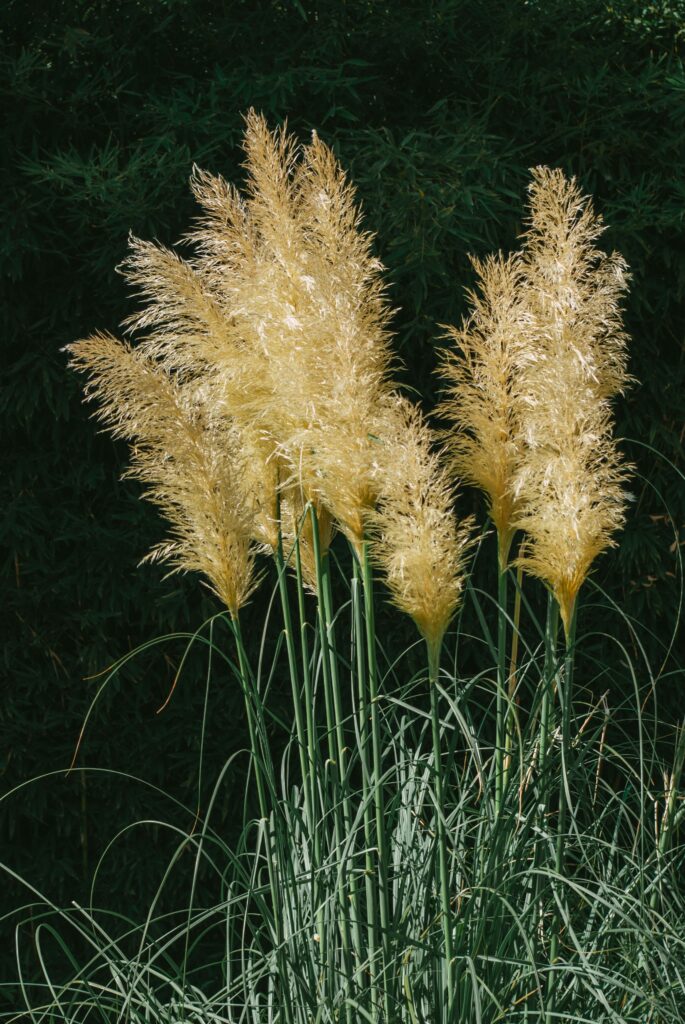
Technological Advancements in Landscaping
California's landscaping scene is rapidly evolving with innovative technologies that enhance efficiency while promoting sustainable practices. These technological solutions are transforming how homeowners and professionals approach outdoor spaces in 2025.
Smart Technology Integration in Gardening
Smart irrigation systems have become essential in California landscapes, offering precise water management through weather-based controllers that automatically adjust watering schedules based on local conditions. These systems can reduce water usage by up to 30% while maintaining healthy plants.
Smart technology has expanded to include soil moisture sensors that communicate with irrigation controllers to prevent overwatering. Many systems now integrate with smartphone apps, allowing homeowners to monitor and adjust their landscape maintenance remotely.
Automated lawn mowers have gained popularity, operating on programmed schedules and returning to charging stations when finished. These devices save time and reduce emissions compared to traditional gas-powered equipment.
Motion-activated lighting systems enhance both security and aesthetics while conserving energy. Many now feature solar panels, eliminating the need for electrical wiring and reducing utility costs.
The Role of Tech in Sustainable Practices
Battery-powered equipment has become standard in California landscaping, replacing gas-powered tools to reduce emissions and noise pollution. The transition has accelerated due to state regulations and improved battery technology offering longer run times.
Water conservation technology has advanced significantly with greywater recycling systems that capture and filter household water for landscape irrigation. These systems help California homeowners maintain their gardens despite ongoing drought concerns.
Rain harvesting technology has become more sophisticated, with smart collection systems that filter debris and automatically direct water to storage tanks or directly to garden beds when needed. This approach supports drought-tolerant landscaping efforts throughout the state.
Digital design platforms now use augmented reality to show clients how their landscapes will mature over time. These tools help visualize water usage patterns and optimize plant placement for maximum sustainability.
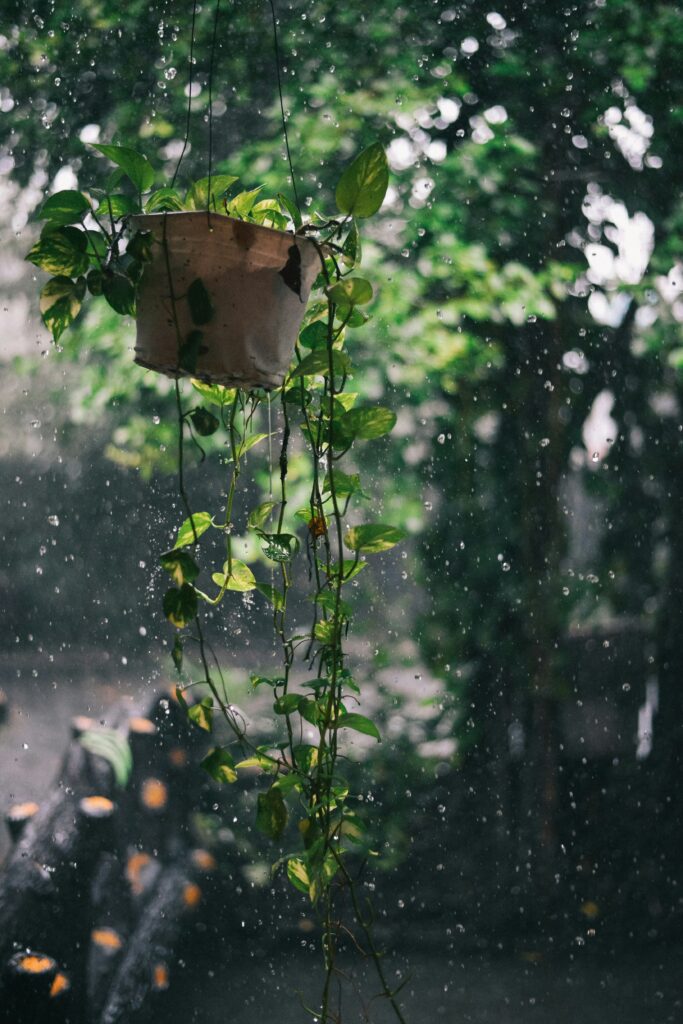
Community and Urban Gardening Movements
California is experiencing a significant surge in community gardening initiatives for 2025, transforming unused urban spaces into vibrant, productive green areas. These communal spaces are not just about growing plants but building stronger neighborhood connections while promoting sustainability.
Pollinator-friendly gardens are becoming a cornerstone of these community projects, supporting local ecosystems and enhancing biodiversity. Community members are increasingly incorporating native flowering plants that attract bees, butterflies, and other beneficial insects.
Urban gardening movements are integrating drought-resistant native plants like California poppies, succulents, and lavender to create sustainable landscapes. These plants require minimal maintenance while supporting local wildlife and conserving water resources.
Community gardens in 2025 are embracing innovative landscaping techniques such as:
- Vertical gardening systems for space efficiency
- Rainwater harvesting installations
- Composting stations for organic waste management
- Shared tool libraries to reduce consumption
The “bringing nature home” concept is particularly influential, with communities creating natural habitats within urban environments. These spaces serve as educational hubs where residents learn sustainable gardening practices.
Municipal support for these initiatives has increased, with many California cities offering grants and resources for neighborhood gardening projects. Technical assistance programs help communities design sustainable landscapes that maximize environmental benefits.
These community gardens are becoming wellness-focused spaces as identified in Bay Area garden trends, providing urban residents with places to connect with nature and each other, fostering both environmental and social sustainability.

